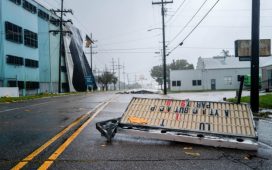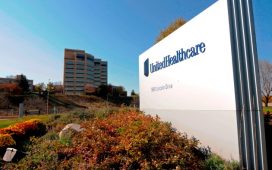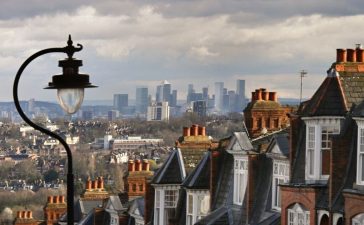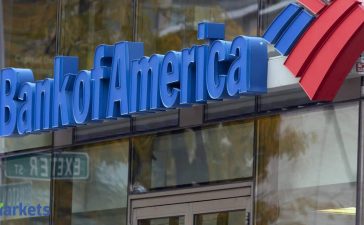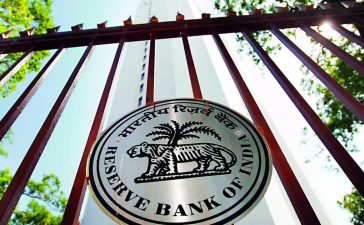Unlock the Editor’s Digest for free
Roula Khalaf, Editor of the FT, selects her favourite stories in this weekly newsletter.
Insurers and reinsurers ramping up their prices have been sending a “stark signal” to policymakers to limit the risks of new building projects, Hiscox’s chief executive has said, amid rising concerns over insurability.
The cost of insuring and reinsuring against natural disasters such as wildfires and floods has soared in recent years after the industry reacted to four years on the trot where global claims exceeded $100bn.
The pullback, through higher premiums and tighter terms and conditions, has made affordable cover in some US states much harder to get.
“Ultimately what you are trying to do through pricing is signal a change in behaviour,” Aki Hussain told the Financial Times.

London-listed insurer Hiscox is a big writer of policies protecting against natural disasters, both through insurance and reinsurance, especially in the US.
“If you’re going to build on flood plains, it might well be problematic to get flood insurance,” said Hussain. He said insurers and reinsurers were “absolutely there” to mutualise risk across communities but only if there was some management of the risks.
“The only way we can really signal that — we can lobby, we can have conversations — but the most stark signal is ultimately through pricing.”
Insurance executives have been increasingly vocal in calling for rule changes that deter building on floodplains and in areas susceptible to wildfires, or at least strengthen building codes.
The outgoing chief of the UK’s flood reinsurance scheme last month called on the Labour government to make sure they are not “making the [flooding] problem worse” through their plans to build 1.5mn new homes in England.
In the US, executives have pushed for other changes such as legal reform to restrain spiralling claims costs. Recent such reforms in Florida have supported reinsurance supply, according to analysts.
“We do believe it’s an insurable and reinsurable risk but it’s evolving. Climate change is having a definitive impact in a number of different ways,” Hussain added, such as wind storms tending to be wetter and move more slowly. Once a hurricane has “made landfall, the damage that is flood-driven seems to be increasing”.
The significant rise in insurance and reinsurance prices for coverage against natural disasters — outside of the mainstream home insurance market in the US where rates often require regulatory sign-off — has dramatically improved underwriting conditions, and encouraged some firms to deploy more capital.
London-listed Hiscox posted half-year results earlier this month showing that group premiums rose 3 per cent to $2.8bn. The company benefited from its composite model, Hussain said, choosing where in the insurance chain to take on risk. In the first half that was particularly on the reinsurance side, he said, as well as so-called retrocession, which is risk-sharing with other reinsurers.
Hussain also defended London as a listing venue, after concerns rose over liquidity and recent defections to the US.
“It has got high levels of transparency and governance which shareholders really value,” he added, as well as the “fantastic insurance ecosystem” centred on Lloyd’s of London. “It makes sense for us to be listed here, we certainly have no plans to go elsewhere.”

